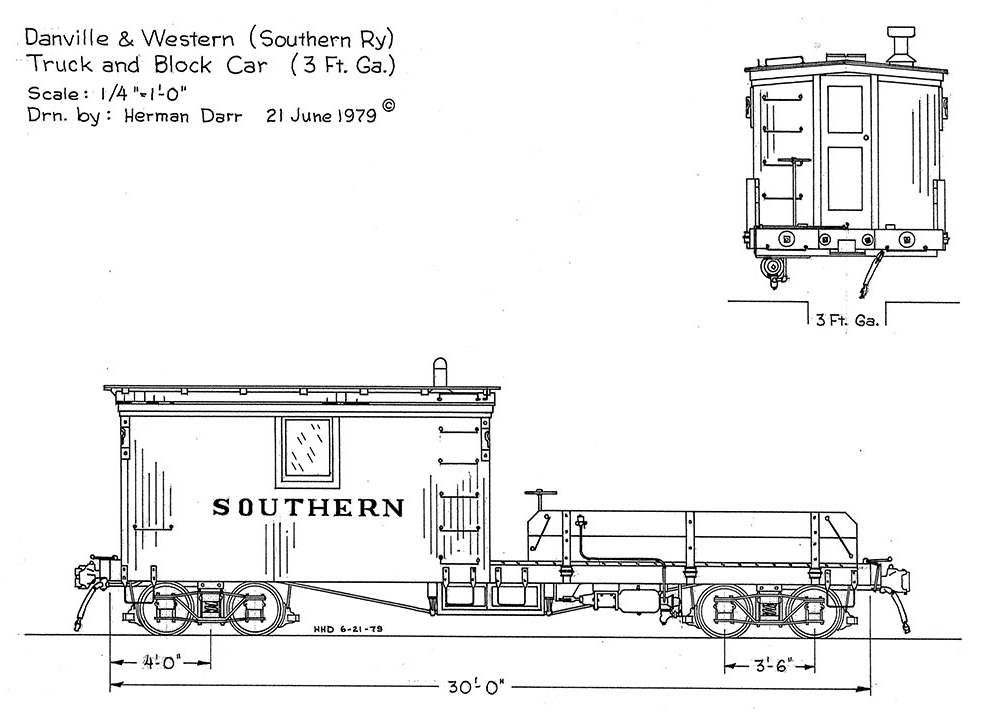The Willamette Iron and Steel Company of Portland, Oregon, also built a self-propelled log unloader known as the “Chapman type.” Companies I know that used this machine in Washington include the Donovan-Corkery Logging Company, the Eastern and Western Lumber Company, the Saginaw Timber Company, the Schafer Brothers Logging Company, the M.R. Smith Shingle Company, and the Wynooche Timber Company. The Valley and Siletz Railroad used one in Oregon on their dump on the Willamette River near Independence. The Pickering Lumber Corporation used one at Standard, California, near Sonora. The Chapman type machine could also “tight line” logs of cars like a Washington Iron Works Machine.
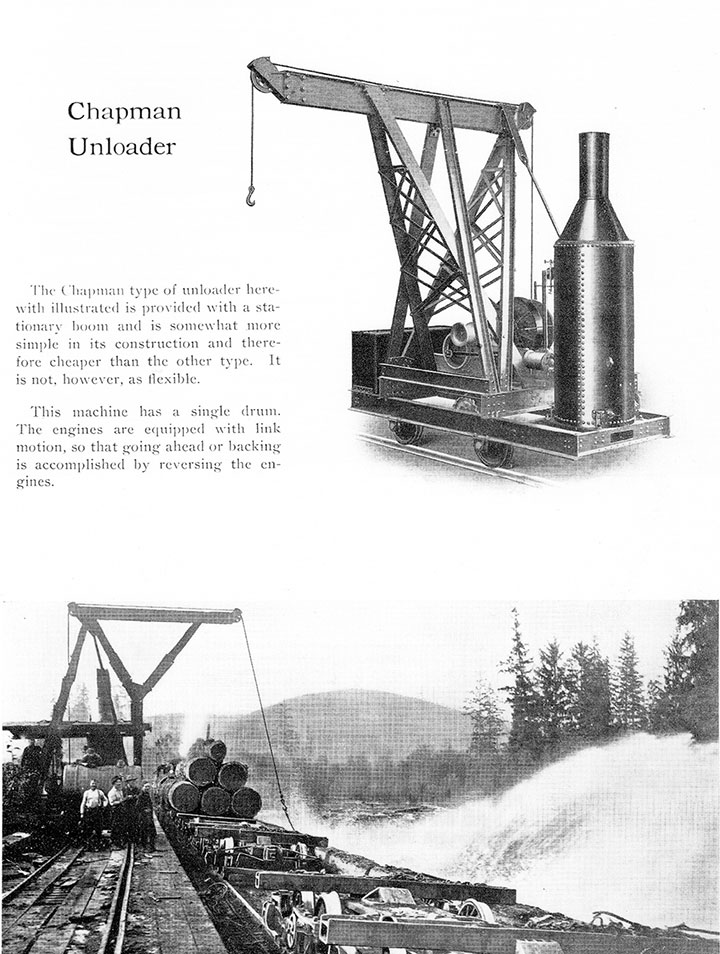
Photo, collection of Phil Schnell.
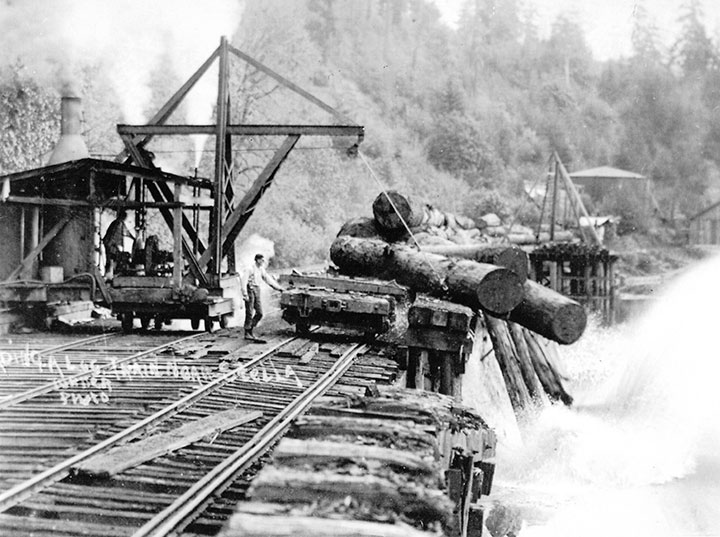
Photo, collection of John T. Labbe.
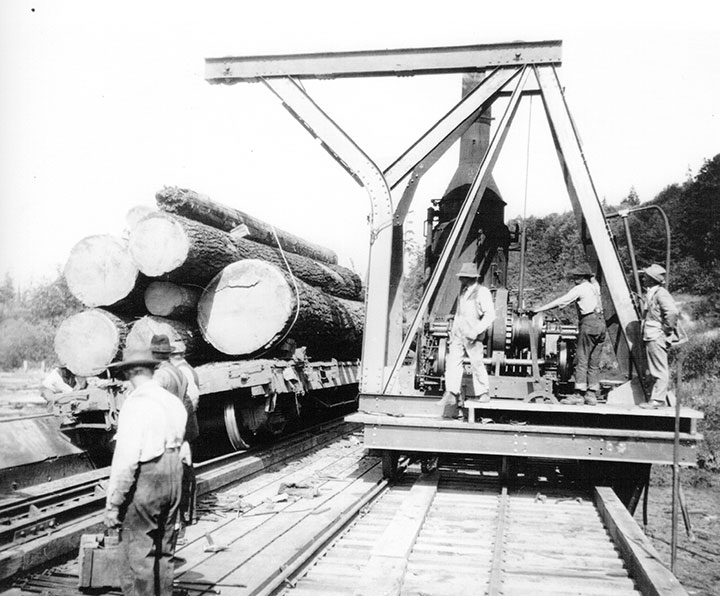
Photo, Smith and Watson Iron Works Archives, collection of Merv Johnson.
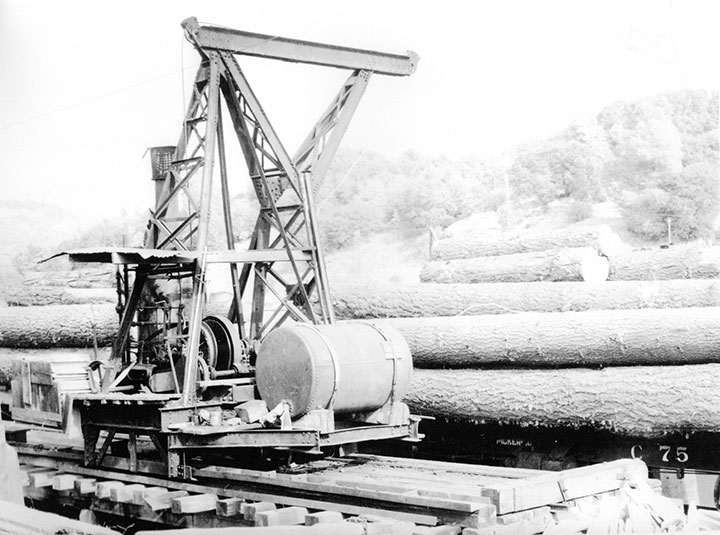
Photo by John Cummings.
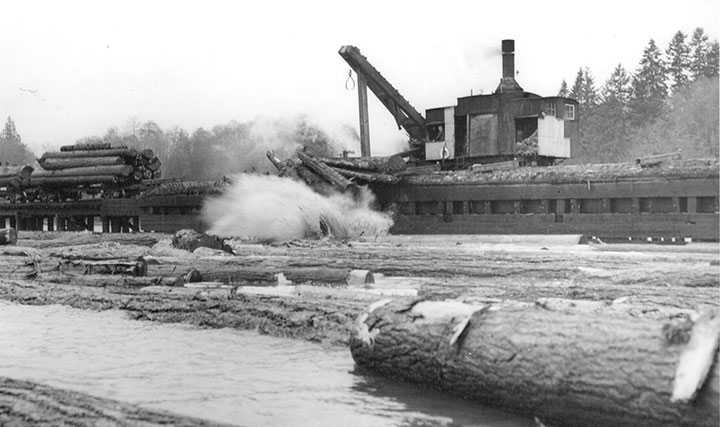
Photo by Lee Merrill.
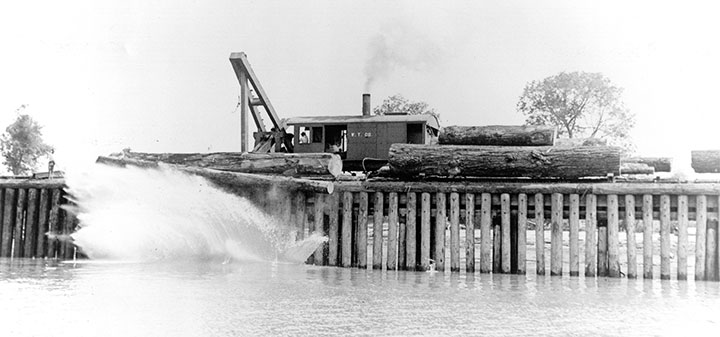
Photo, Weyerhaeuser Archives.
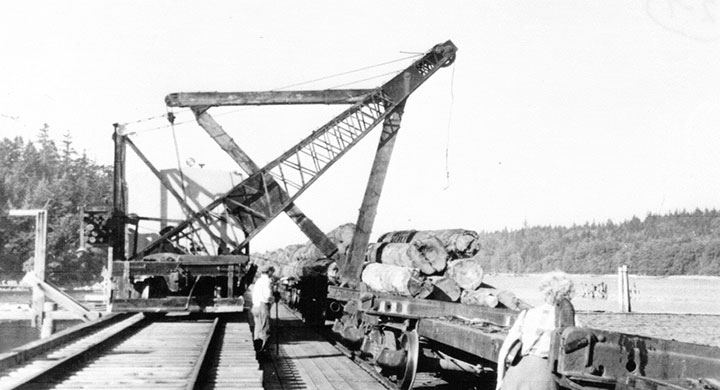
Several companies designed a “kicker type” of unloader that did not need a strap attached to the log deck, and could unload a car in half a minute, or less. The companies that I know of who used home-made log unloaders include Crown Zellerback at Ladysmith, British Columbia; Schafer Brothers Logging Company of Montesano, Washington; Pudget Sound and Baker River Railway at Similk Bay, near Anacortes, Washington; Weyerhaeuser Timber Company at their Longview and Vail/McDonald operation, at South Bay near Olympia, Washington, and at their Klamath Falls operation in Oregon. The Crown Zellerback machine was built on an old Shay frame, while Schafer used a locomotive steam crane frame. Weyerhaeuser’s Longview machine was built on the former frame used in building the Panama Canal. When it entered service in 1929, representatives from Canada and California visited to see it in action, and it wasn’t long before the machine was copied by many other logging companies.
The Chapman type log unloader could dump up to 300 loads of logs a day into the Columbia River, and keep Weyerhaeuser’s three big sawmills and a pulp mill at Longview functioning. The Weyerhaeuser’s/Vail unloader was built from an old Marion steam shovel with its gearing speeded up. It had a large arm with a claw tip to shove the logs off the cars. The cars were unloaded every eight seconds. This machine was converted to Diesel in 1953, and regularly unloaded 150 to 200 loads a day. I want to thank Phil Schnell and Dennis Thompson for their help in preparing this article.

